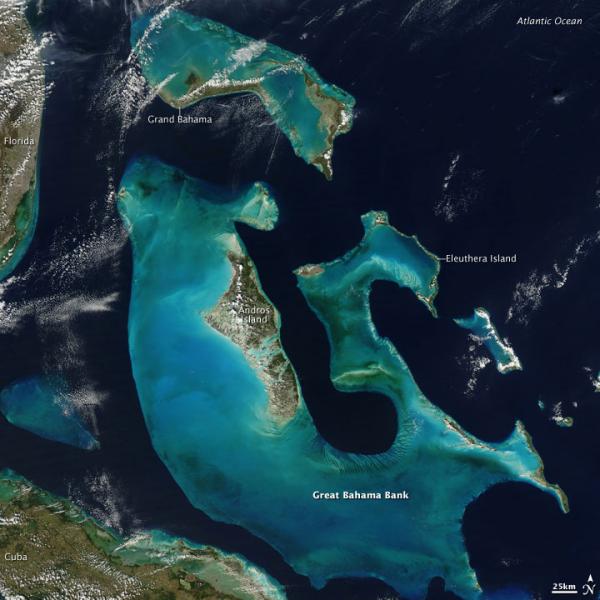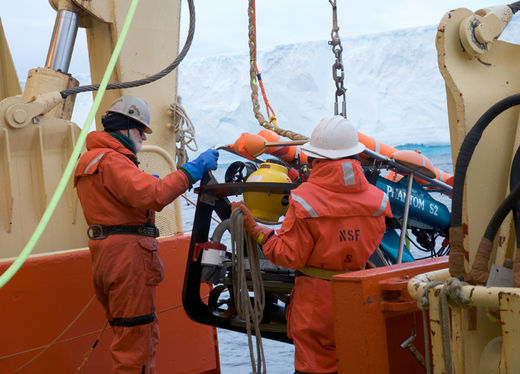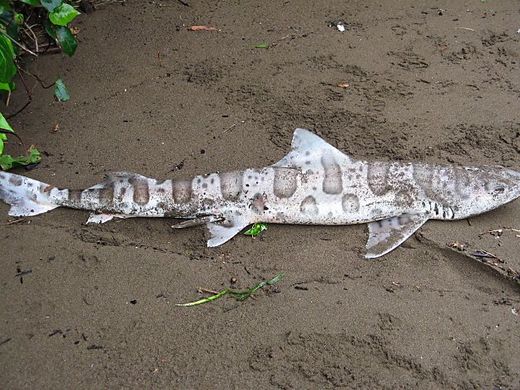
© NASA Earth ObservatoryThe Bahamas.
All the islands in the Bahamas were thought to be slowly sinking, but now scientists find one quirky isle going against the crowd.
This anomaly suggests the area may be less seismically stable than previously thought.
Scientists focused on the small island of Mayaguana in the southeast
Bahamas, which measures about 33 by 7 miles (53 by 12 kilometers). They noticed shallow banks of rocks called marine carbonates above ground that are usually present dozens of feet below the surface on the other
Bahamian islands. These deposits are about 39 feet (12 meters) thick, span more than 17 million years of geologic history, and are only found on the isle's northern coast.
The unusual placement on these rocks gave researchers
insights into the tectonic processes going on below the Caribbean.
"It took us about three years to process all the data and come up with a coherent story," said researcher Pascal Kindler, a geologist at the University of Geneva in Switzerland.


Comment: They will never say for sure because they are either paid by BP, or silenced by government agencies.